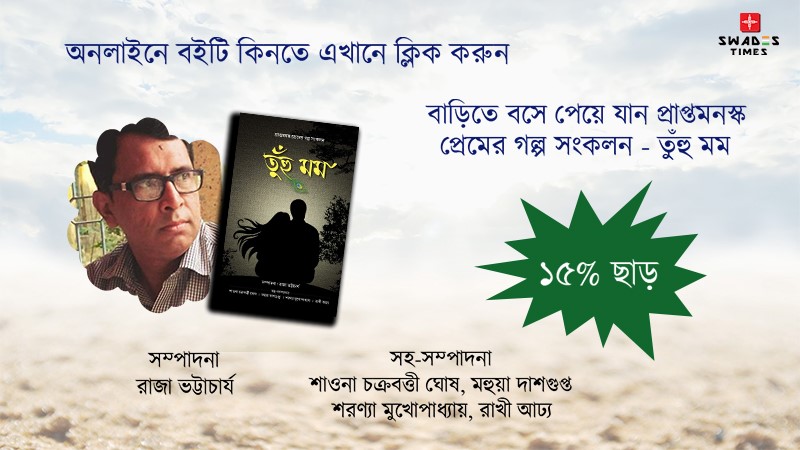A good number of people of Murshidabad district play the Holi (Locally known as Dol) for two consecutive days following a 200-odd years’ old tradition. The Raja, Nawabs and Zamindars of Murshidabad, which was once the capital of Bengal, Bihar and Orissa, used to play the Holi in this district for two days to exhibit their prosperity.
Historian Bishan Gupta said,“Celebration of Holi for two days during the Nawabi period was only an expression of feudal culture. The glamour of Holi in Murshidabad reached the pick after the British government introduced the ‘Permanent Settlement System’ (PSS) in 1793.”
He said,“In the second half of 19th Century-particularly after the Sepoy Mutiny in 1857 a good number of Raja, Maharaja and Zamindars set up their ‘Kachari’ (Office) at Berhampore.” After introducing the PSS the British government made it mandatory for all the feudal lords to pay their yearly revenue by the last date of Bengali month ‘Chaitra’otherwise the right of the feudal lords from their land used to be dissolved.
Also during this time some good education institutions were set up in the town and a court was set up at to solve the land related disputes of the zamindars. Mainly for all these reasons most of the Raja, Maharaja and Nawabs of Murshidabad set up their establishment in this town.
Gupta said, “The famous zamindars and Rajas of Murshidabad like, Baikunthanath Sen, Hari Sen; Maharajas of Kossimbazar, Kandi, Jiaganj, all of them were the followers of Baishnab religion. These Rajas and zamindars used to ‘display’ their abundance and wealth during the Durga puja and Holi festival."
ADVERTISEMENT

"The day before Holi, the Raja and zamindars used to organise 'Chanchol' festival (Better known as Nera pora utsav). On that day the Raja and zamindars used to burn fire crackers and took their family deity -with grand procession - to the bank of the Bhagirathi River for puja and 'Snan' (bathing)," said Gupta adding, "On the day of Holi the Raja and zamindars used to play colour and 'Aabir' with their close friends and 'Lathials'. But often clashes used to break out between the followers of Raja, Maharaja or zamindars-when they met each other on the road while playing the Holi."
All these feudal lords were so influential that even the district collector could do very little to stop the playing of Holi on the road and to stop the fight.
Gupta said, "As a result the British Privy Council issued an order in the early years of the 20th Century and said the Raja, Maharaja and Zamindars residing in the Khagra-Saidabad area and who are living in the Berhampore (Mainly in Gorabazar area) will play the Holi in two different days. And since then the practice of playing the Holi for 2 days is going on across the district."
However, after the abolish of zamindari system the grandeur of Holi has reduced largely in Berhampore. Gupta said-"The Raja, Maharaja and zamindars used to invite their subject in their home and used to distribute a special kind of sweet-known as Malpoa." The secretary of Murshidabad Jela Itihas o Sanskriti Charcha Kendra , Arindam Roy said, “Now we are witnessing that the young generation is interested in celebrating ‘Basanta Utsav’ rather than playing the Dol for two days. Several clubs are now organizing 7 days ‘Basanta Utsav’-where people from all the community and age are participating. However, Holi is still played for two day in Murshidabad.”




0 comments